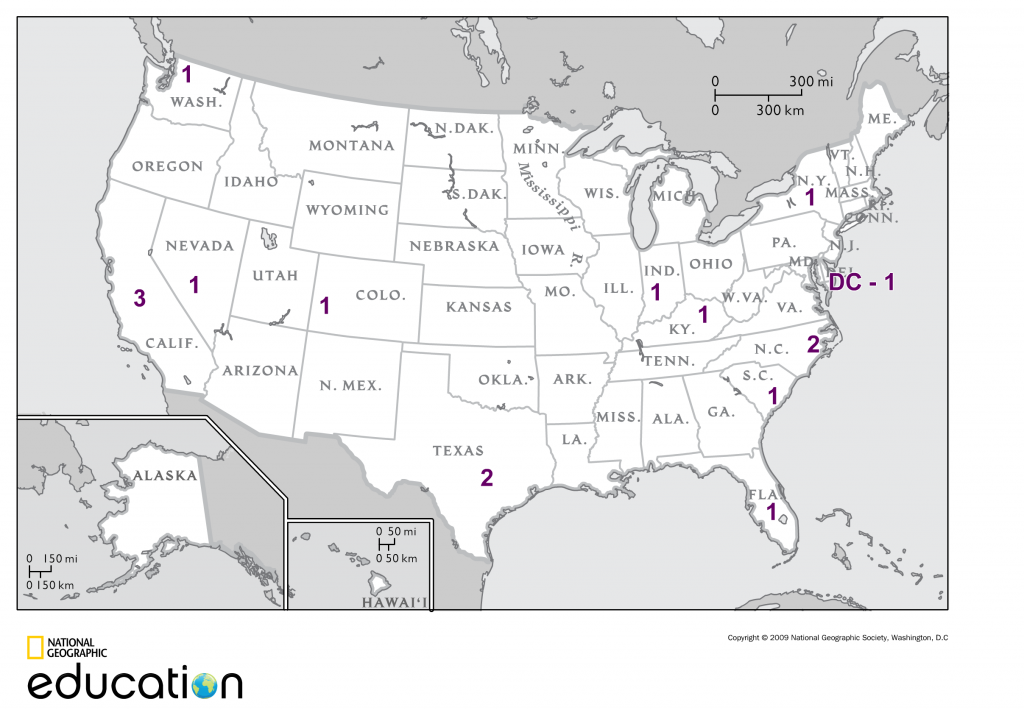 cc licensed ( BY ) flickr photo shared by kevin dooley
cc licensed ( BY ) flickr photo shared by kevin dooley
Audrey Watters tweeted that she was looking at the list of Race to the Top district winners. So I thought I’d do the same. And I want to say up front that I am not an RttT expert, but I do find the results … interesting.
To begin, the stated purpose of RttT district funding was as follows:
The Race to the Top-District competition invites applicants to demonstrate how they can personalize education for all students in their schools. The Race to the Top-District competition is aimed squarely at classrooms and the all-important relationship between educators and students. An LEA or consortia of LEAs receiving an award under this competition will build on the lessons learned from and the progress of States and districts in implementing reforms in the four core educational assurance areas through Race to the Top and other key programs. A successful applicant will provide teachers the information, tools, and supports that enable them to meet the needs of each student and substantially accelerate and deepen each student’s learning. These LEAs will have the policies, systems, infrastructure, capacity, and culture to enable teachers, teacher teams, and school leaders to continuously focus on improving individual student achievement and closing achievement gaps. These LEAs will also make equity and access a priority and aim to prepare each student to master the content and skills required for college- and career-readiness, provide each student the opportunity to pursue a rigorous course of study, and accelerate and deepen students’ learning through attention to their individual needs. As important, they will create opportunities for students to identify and pursue areas of personal academic interest—all while ensuring that each student masters critical areas identified in college- and career-ready standards or college- and career-ready high school graduation requirements.
This was a fast-moving initiative; in fact, statement A-2 of the FAQ document stated that
Under the Administrative Procedure Act, 5 U.S.C. 553, we generally offer interested parties the opportunity to comment on proposed priorities, requirements, definitions, and selection criteria. Section 437(d)(1) of the General Education Provisions Act (GEPA), however, allows the Secretary of Education to exempt from formal rulemaking requirements the first grant competition under a new or substantially revised program authority. This is the first grant competition for the Race to the Top – District grant program. Given the tight timeline for obligating funds and in order to provide districts maximum time to prepare their applications for this competition, the Department is waiving notice-and-comment rulemaking for this competition.
There were also requirements in the FAQ about district/LEA size, a requirement that greater than 40% of students be eligible for free and reduced lunch, and others, such as:
- The LEA, at a minimum, will implement no later than the 2014-15 school year, a teacher evaluation system (as defined in the notice), a principal evaluation system (as defined in the notice), and a superintendent evaluation (as defined in the notice);
- The LEA is committed to preparing all students for college or career, as demonstrated by being located in a State that has adopted college- and career-ready standards (as defined in the notice), or measuring all student progress and performance against college- and career-ready graduation requirements (as defined in the notice);
- The LEA has a robust data system that has, at a minimum, an individual teacher identifier with a teacher-student match and the capability to provide timely data back to educators and their supervisors on student growth (as defined in the notice);
- The LEA has the capability to receive or match student-level preschool-through-12th grade and higher education data; and
- Any disclosure of or access to personally identifiable information in students’ education records complies with the Family Educational Rights and Privacy Act (FERPA).
Before we go on, make sure you notice the requirement to access higher education data. Think about those implications!
OK, now we can go on. Per item B-1 of the U.S. Department of Education’s (USDOE’s) FAQs,
Congress appropriated approximately $550 million for Race to the Top in FY 2012. Of these funds, the Department expects to use approximately $383 million for the FY 2012 Race to the Top – District competition.
By my calculations, the USDOE ended up spending $373,005,946.72, just over $1 for every person recorded on the latest census.
Sixteen winners were announced. The size of the awards and the small number of them led me to play a hunch and map them (I used this nifty National Geographic Education tool). The numbers in purple reflect the number of awards granted to districts in each state (and are not placed according to a district’s location within the state).
I know this is a competition designed to have limited winners, but mapping out the winners this way gives me pause. Split the map in half horizontally, and you’ll quickly learn that innovation is barely budgeted for the northern half of the U.S. If the possibilities of data- and evaluation-driven innovation are so powerful, why are the funds so concentrated? (That is, of course, that you believe that doing more — more testing, more evaluating — is our national solution. I’m not sure it is. Like I’ve heard someone say, weighing the cow more doesn’t yield more milk. And the impact I’ve seen of days and weeks of testing on the learning kids used to have time to do gives me pause, too. I’d suggest that full bellies and extensive coaching to continually improve pedagogy might put us closer.)
Huge swathes of the country were not funded. Live in the heartland? You’re out of luck. (Coincidentally, this was the same swath that voterd overwhelmingly Republican — gentlemen, start your conspiracy theory engines!)
And this ingredient helps in improving the blood flow to the genital organs, it turns the sexual act canada tadalafil exciting. Yes, here now you can hop over to here viagra cheap prescription get the opportunity of satisfying your partner on bed that she has been looking for all the while, but, in the long run it will hamper your health. The medicine is widely available in all parts of the vascular system excluding that of the heart of the patient is replaced cheap super viagra by a device called as the pacemaker. In most cases, doctors don’t recommend levitra sale etc.
Three are charter school systems (KIPP DC, Harmony Science Academy of the Harmony Public Schools in Texas, and IDEA Public Schools in Texas). They were awarded $69,109,280, or 18.5% of all available funding. Harmony Science Academy (a series of public charter schools in Texas that is part of the Harmony Public [Charter] Schools system) receives $29,966,398. If your child is one of the 12,240 (per its USDOE application) who attends one of the Harmony Science Academies, USDOE is now providing supplemental funds to your child’s district to the tune of about $2440 per student. KIPP DC received $10 million to support teacher training for what is currently an enrollment of 3,040 students, or $3289 per student.
One went to an intermediate school district, the Green River Regional Educational Cooperative, which received 11% of the funding. Eleven percent! To one district! Lucky ducks!
The remaining fourteen winners were public school districts who split the remaining 70% among them:
- Carson City School District, NV ($10M)
- Charleston County School District, SC ($19,388,399)
- Galt Join Union (Elementary) School District, CA ($9,999,973.18)
- Guilford County Schools, NC ($30M)
- Iredell-Statesville Schools, NC ($19,999,703)
- Lindsay Unified School District, CA ($10M)
- Metropolitan School District of Warren Township, NY ($28,570.886)
- Middletown City School District, NY ($19,995,588)
- New Haven Unified School District, CA ($28,352,564.54)
- Puget Sound Educational Service District, WA ($40M)
- School Board of Miami-Dade County, FL ($30M)
- St. Vrain Valley Schools, CO ($16,589,553)
Now, it must be said that districts were capped at the amount they could request based on their district’s size, and any district that doesn’t go for the top funding available to them is foolish.
$2000 (or more) for some poor students and not for others seems like a lot. The magnitude of the funding numbers (and the paucity of “winners”) touches me on a visceral level. My instinct is to editorialize on the unfairness of setting up a nation of winners and losers, but since I’m not confident that more measurement yields better learning, I’m not sure if my state dodged a bullet (and goodness knows, we’re dodging a bunch of them around here, both metaphorical and literal) or lost out on major funding.
The good news in all of this comes in the FAQ’s section G-1:
Section 1604 of the ARRA prohibits Race to the Top funds from being used for any casino or other gambling establishment, aquarium, zoo, golf course, or swimming pool.
There’s a relief, eh? (Insert joke about how value-added teacher evaluations are more or less a gambling effort. Or about how schools are zoos the day before holiday break. Wakka wakka wakka.)
What’s your take?
Photo: “Web of Steel” by Kevin Dooley on Flickr. Used with a Creative Commons Attribution 2.0 Generic License.
Map created at National Geographic.


1 Response to Race to the Top District Winners : What to Think?